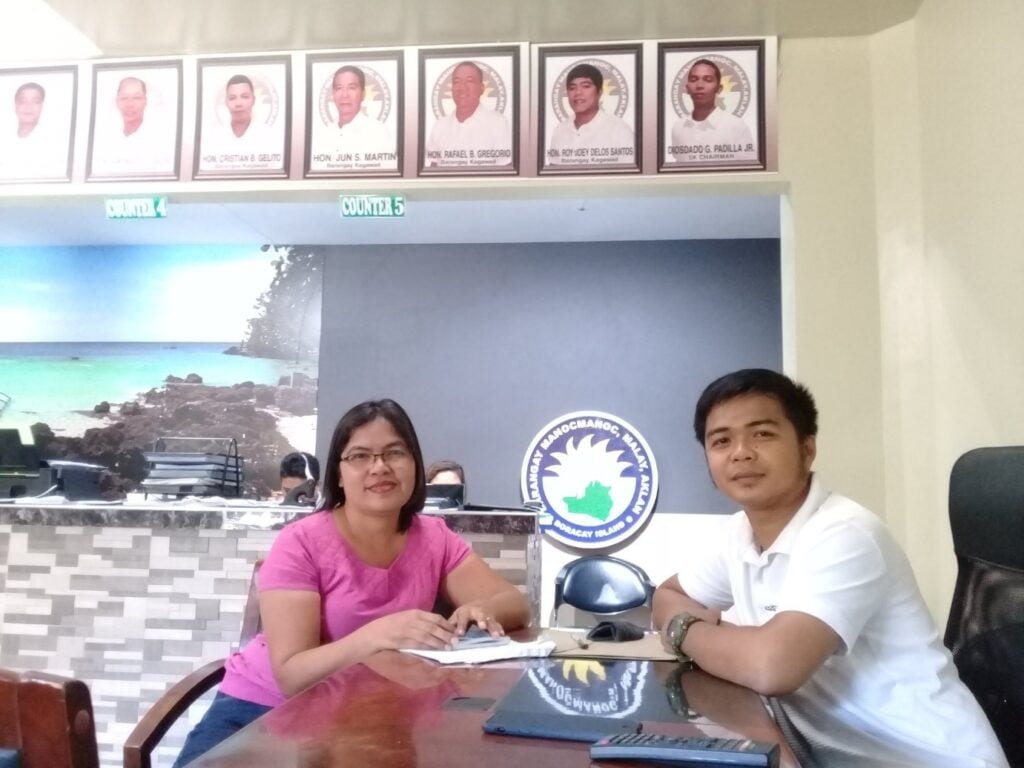Boracay, Gigantes and Guimaras islands are in potentially sustainable status according to locals and visitors
11 Feb 2025

This study considered the interaction or nexus of people and the natural resources in small island tourist destinations in the Philippines with varying degree of tourism development. Many members of the local community in these islands have fishing as livelihood. Tourism in small islands is usually prioritized over fishing on the assumption that marginal fishers will eventually benefit from the multiplier effects of tourism activities. However, this leads to the difficult coastal tourism and fisheries nexus (CTF) dilemma because the natural balance in small islands is being disturbed.
Thus, this research compared how locals and visitors perceived sustainability in small islands with the entry of tourism activities through surveys of fishers and tourists in Boracay, Gigantes, and Guimaras islands. The indicators used were based on the UN sustainability framework. Sustainability status was determined using the International Union for Conservation of Nature (IUCN) sustainability barometer. The sustainability ratings were compared for respondents and study sites using statistical techniques called as standardized Mann-Whitney U-test and Kruskal-Wallis H-tests, respectively, with Games-Howell multiple comparison tests to know which study site is different.
Results show that, overall, the three small islands are in potentially sustainable status (i.e. acceptable performance). In specific terms, both ecological and institutional dimensions are also in potentially sustainable status, whereas the socio-economic dimension has a sustainable status (i.e. desirable performance). Gigantes, however, has a significantly lower sustainability score compared to Boracay and Guimaras, which were not significantly different. Interestingly, tourists rated all small islands as sustainable with a perception rating significantly higher than fishers who perceived that their islands have only a potentially sustainable status.
These findings suggest the difference in how fishers and tourists may look at programs and initiatives with long-term viability, and this needs to be addressed to attain a better and stable CTF so it can be used as a coastal resource management strategy that can contribute to the sustainability goals in small islands.
Cherry Pilapil-Añasco (Institute of Aquaculture, College of Fisheries and Ocean Sciences, University of the Philippines Visayas, Miagao), Harold M. Monteclaro (Institute of Marine Fisheries and Oceanology, College of Fisheries and Ocean Sciences, University of the Philippines Visayas), Joy C. Lizada (College of Management, University of the Philippines Visayas, Iloilo City) Liah C. Catedrilla (Institute of Aquaculture, College of Fisheries and Ocean Sciences, University of the Philippines Visayas, Miagao), Carlos C. BaylonInstitute of Aquaculture, College of Fisheries and Ocean Sciences, University of the Philippines Visayas, Miagao) and Raul G. Bradecina (Partido State University, Goa, Camarines Sur)
Read the full paper: https://philjournalsci.dost.gov.ph/images/pdf/pjs_pdf/vol153_No1_Feb2024/coastal_tourism_and_fisheries_nexus_.pdf
